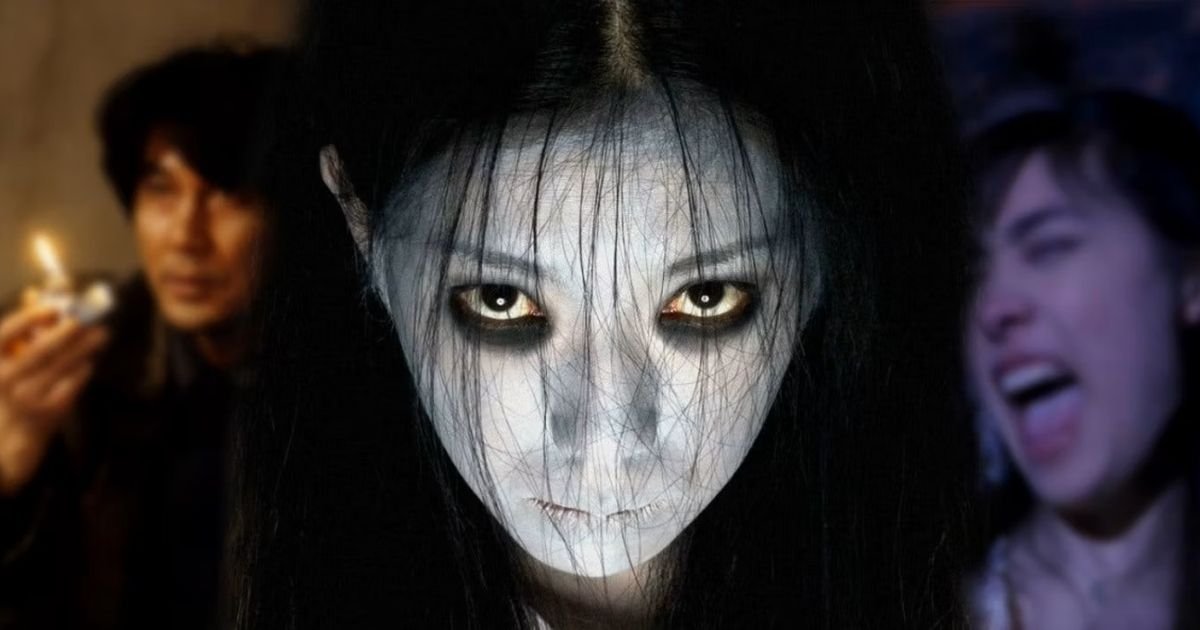Akira Kurosawa, one of the most revered directors in film history, profoundly impacted global cinema. His unique blend of Japanese storytelling with Western techniques changed the landscape of filmmaking, influencing some of the most renowned directors in Hollywood and beyond. This article explores Kurosawa’s contributions to cinema and how his work continues to shape filmmakers today.
1. Pioneering Storytelling and Characterization
Kurosawa’s films, particularly “Rashomon” (1950) and “Seven Samurai” (1954), redefined narrative structure and character development. His groundbreaking use of the Rashomon Effect—telling a single story from multiple, conflicting viewpoints—challenged audiences’ perception of truth and inspired filmmakers worldwide.
Key Contributions:
- Rashomon Effect: The nonlinear narrative technique has been used in films like “Pulp Fiction” (1994) and “Courage Under Fire” (1996).
- Character Development: Kurosawa’s focus on complex, morally ambiguous characters set a new standard for realistic storytelling, influencing directors such as Martin Scorsese.
2. The Visual Language of Cinema

Kurosawa’s mastery of visual storytelling is another significant aspect of his legacy. His use of dynamic camera movement, framing, and weather as an emotional tool brought a new depth to cinematic art. One of his signature techniques was the long take, allowing for greater tension and realism in action scenes.
Key Techniques:
- Wipe Transitions: Kurosawa popularized the use of wipe transitions between scenes, which has been frequently used in the Star Wars franchise by George Lucas.
- Weather as a Narrative Device: In films like “Throne of Blood” (1957) and “Ran” (1985), rain and wind are used to heighten the emotional atmosphere, a technique replicated by filmmakers such as Steven Spielberg in “Saving Private Ryan” (1998).
3. The Samurai Film Genre: Global Appeal
Kurosawa’s samurai films, particularly “Seven Samurai”, not only became classics of Japanese cinema but also found new life in Hollywood. His influence is most notably seen in “The Magnificent Seven” (1960), a Western remake of “Seven Samurai,” which sparked a trend of adaptation across genres.
Impact on Hollywood:
- Western Films: Kurosawa’s samurai films had a strong influence on the Western genre, leading to films like “A Fistful of Dollars” (1964), directed by Sergio Leone, which was directly inspired by Kurosawa’s “Yojimbo” (1961).
- Cross-Cultural Exchange: Kurosawa’s films have created a bridge between Eastern and Western storytelling, combining the mythic grandeur of samurai epics with the rugged individualism of the American West.
4. Influencing Modern Directors
Kurosawa’s influence can be seen in the work of many contemporary filmmakers. Directors such as Quentin Tarantino, Francis Ford Coppola, and Guillermo del Toro have cited Kurosawa as a major influence on their filmmaking approach.
Notable Mentions:
- George Lucas: The structure and themes of “Star Wars” (1977) were heavily inspired by Kurosawa’s “The Hidden Fortress” (1958), particularly the dynamic between the two lowly characters, which Lucas mirrored with C-3PO and R2-D2.
- Quentin Tarantino: Films like “Kill Bill” (2003) pay homage to Kurosawa’s stylized action and meticulous choreography, while the nonlinear storytelling in “Reservoir Dogs” (1992) owes a debt to Kurosawa’s narrative experimentation.
5. Kurosawa’s Legacy in World Cinema
Akira Kurosawa’s impact extends far beyond Japan and Hollywood. His films have influenced global cinema, with directors from India, France, and China integrating his techniques into their own work. Kurosawa’s universal themes—honor, betrayal, and the human condition—resonate across cultural boundaries, making his films timeless.
Global Influence:
- Indian Cinema: Directors such as Satyajit Ray were deeply influenced by Kurosawa’s humanistic approach to storytelling, often reflecting Kurosawa’s focus on the struggles of everyday people.
- European Cinema: Filmmakers like Andrei Tarkovsky praised Kurosawa for his philosophical depth and visual mastery, incorporating similar techniques in their films.
Conclusion
Akira Kurosawa remains a towering figure in the history of cinema, with his groundbreaking techniques and storytelling continuing to influence filmmakers across the globe. From his complex character arcs to his innovative use of the camera, Kurosawa’s contributions have forever changed the way films are made and appreciated. His legacy endures as a testament to the power of cinema to transcend borders and cultures.










